Ten Tips for a Problem-Free, Super Productive Home Garden (Part 1)

There is nothing more satisfying than producing your own flavorsome, chemical-free, nutrient dense food in your own garden. In fact, your food garden is your ultimate wellness tool.
There are several problems associated with supermarket fruit and vegetables. There is no sense of personal responsibility from suppliers when all fresh food is bundled together. Faceless farmers have less motivation to deliver quality food. There is no personal connection with consumers and less motivation to do the right thing. Part of the reason for the rise and rise of farmers markets, relates to a growing desire for consumers to put a face to their food.
I have met some supermarket suppliers in my travels who will not eat their own produce. They have a separate patch out back, where they produce clean food for their family.

We are assured that regulations related to minimum residue levels will protect us from chemical contaminants. However, there are two things we are not told. The first of these relates to something called the cocktail effect. What happens when we eat a tomato containing residues of the ten chemicals commonly used in the production of this vegetable? If you understand chemistry, you will recognise that when we combine two chemicals, we very often get a third.
The ten residues on your tomato can involve thousands of chemical combinations. Unfortunately, there has been no research into the safety of these combinations. In a rare study, funded by a US billionaire who had lost two wives to cancer, the researcher looked at just 100 combinations of ten chemicals found on food. He identified three new Class 3 carcinogens in the cocktail, which means the combinations were proven to give cancer to animals, but it is much less ethical to prove the same outcome in humans.

The second issue relating to the inadequacy of the minimum residue concept involves something called bio-accumulation. How does our body manage the removal of these multiple chemical residues, even if they are present at just parts per million? The liver is the organ charged with this task. The liver orchestrates a two-phase detoxification process. It is designed to neutralise all natural contaminants, including snake venom, mercury and arsenic. However, this overworked organ is often not equipped to manage our man-made chemical constructs. The liver scans the offending chemical, recognises a problem and, rather than risk organ damage, the "foreign" contaminant is shunted off to the fat cells. Here, the residues accumulate and can become time bombs for trouble.
Animals are equipped with the same protective mechanism and, hence, it is never a wise plan to chew the fat on the bacon rind or to savour the fat of any confinement animal. It is a little like karma. We poison the desperate creatures with drugs and antibiotics to enable their existence in an overcrowded hell, then we are poisoned with the same accumulated chemicals while enjoying the fruits of our labours.
So perhaps you are now thinking it might be a good idea to produce your own food, and you could not be more correct. If you can feed your body with at least 50% clean, nutrient dense food, research has shown that these inputs can effectively help neutralise the negatives in a crazy world with 74,000 registered chemicals and countless other toxins.
Here are some productive strategies for the home food garden:
Ten Productive Strategies
1) Harvest immediately before consumption
Come home from work and harvest your potatoes, corn, broccoli and salad vegetables directly before dinner. Arise in the morning and harvest your fresh fruit or smoothie greens, immediately before they become breakfast. There is a major loss of nutrition associated with storage. A snow pea, for example, loses 50% of its vitamin C content within 12 hours of harvest. Most fresh food from the supermarket is several days old by the time of purchase. There is no comparison between this compromised produce and your freshly picked ‘champagne food’. If you have surplus, then snap freeze the extras as soon as they are harvested. There is only 5% of nutrition lost though freezing, so it a great way to capture your fresh food at its best, to savour at a later stage.
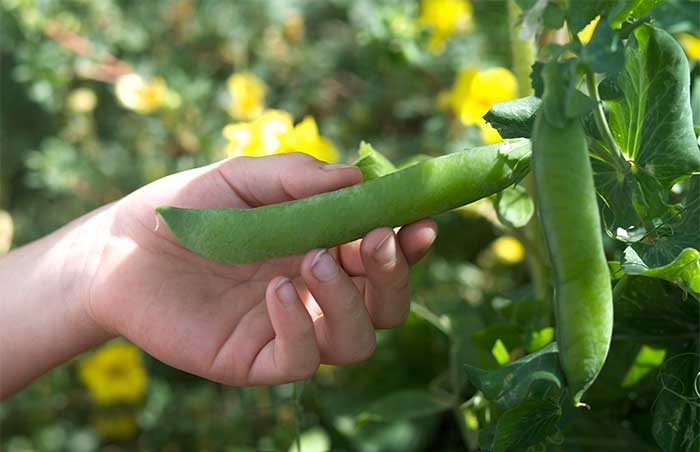
2) Interplant lucerne with everything
Buy a packet of lucerne seed and grow a host of seedlings in trays or pots. Liberally plant those lucerne seedlings throughout your food garden. Legumes like lucerne offer three distinct benefits:
-
They fix nitrogen from the atmosphere to help supplement the nitrogen requirements of all other inhabitants of your garden.
-
They constantly release acid exudates from their roots to break the bond between calcium and phosphate in your soil. These two minerals form insoluble bonds due to their opposing electrical charges. The biological acids from legumes serve to release this bond and to trickle-feed both of these liberated minerals into the surrounding soil. Calcium and phosphate are the two of the most important minerals for photosynthesis, the most important process on the planet.
-
The acid exudates of legumes like lucerne encourage the proliferation of beneficial fungi, the creatures most missing in many of our soils.
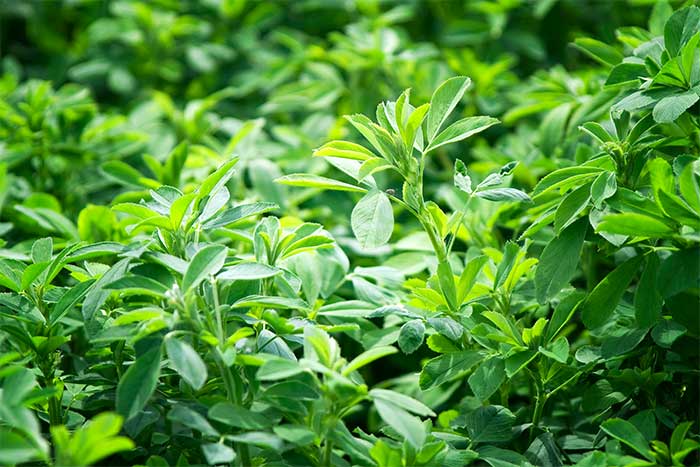
Inter-plantings of lucerne actually offer more than the trio of benefits I have just described. The lucerne leaves can be harvested as a super-alkalising, nutrient-rich inclusion in your salads or green smoothies. The flowers are a sweet delicacy to die for. However, it is the chop-and-drop benefit of this plant that is most notable. When you regularly trim your lucerne interplanting with a whipper snipper, you are constantly creating the best fertilising mulch available. Lucerne mulch has no compare. It has a 30:1 carbon to nitrogen ratio that makes it a superfood in the soil. The very best compost features this same 30:1, C:N ratio.
Lucerne mulch attracts a thriving population of protozoa, chasing the high protein in this food. Protozoa, in turn, attract the mighty earthworm. In fact, protozoa is the favorite food of earthworms. They arrive from nowhere and begin aerating, fertilising and generally regenerating your garden. Lucerne also contains triacontanol in its outer waxy coating. This fatty alcohol is the first recognised plant growth promoter linked to a fat. If you were to water a Lactobacillus-based inoculum like Nutri-Life BAM™ onto your chop-and-drop lucerne mulch, there can be great gain. There is evidence that the lactic acid produced by these organisms can release triacontanol from your lucerne mulch. You will be delighted when you witness the outcome of this release.
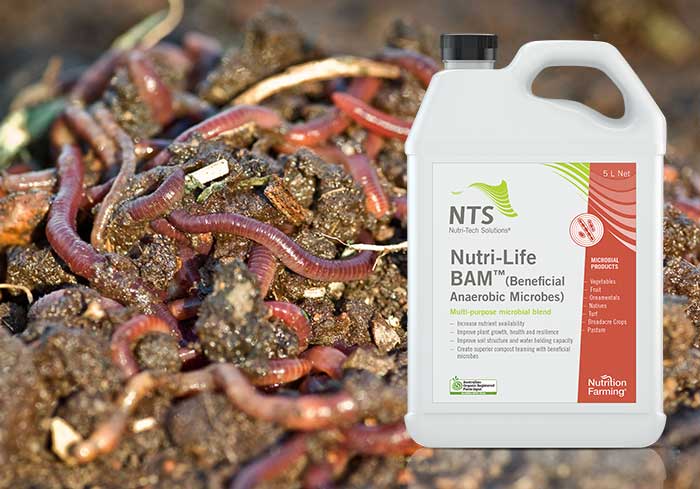
3) Use worm juice liberally
Worm juice is the liquid that you have passed through your worm farm – often two or three times, to increase concentration. The liquid contains billions of beneficial organisms that are unique to the earthworm. The digestion of the worm involves no enzymes. It is conducted by a diverse group of organisms that are incubated in the earthworm gut and can not be found anywhere else. If your soil is lacking in earthworms, then you are not enjoying the wonderful benefits bestowed by this unique microbial community. Worm juice lets you reclaim that concert. In fact, you can take 200 mL of this remarkable liquid and expand it out to 20 L of a liquid biofertiliser treat, through "brewing" it in a 20 L bucket for 24 hours.
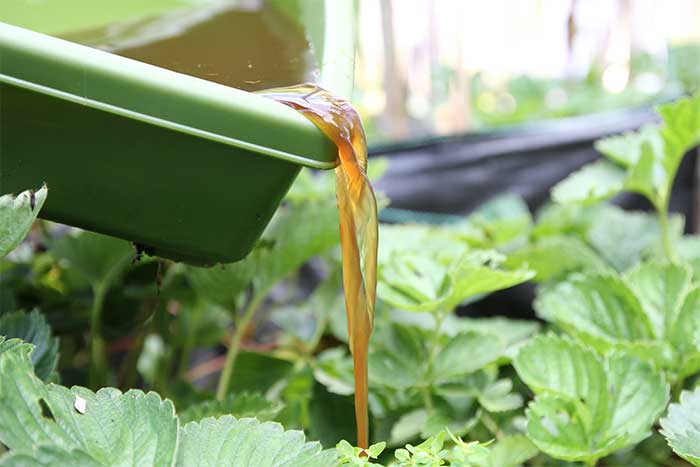
4) Correct your soil pH
There are two reasons for this strategy.
-
Nutrient uptake is pH-dependent. An ideal soil pH of 6.4 ensures that you will be accessing the optimum amount of mineral nutrition for the fresh food you are producing. You can test your pH with an inexpensive kit from NTS (the Eco pH Meter Kit™). You simply mix soil and water in a 1:5 ratio and then dip the pH meter into the muddy solution.
-
The second reason for correcting soil pH relates to all-important calcium. This is the most important mineral in your garden because it determines the uptake of other minerals, while opening up your soil (flocculating). Flocculation allows easy entry for oxygen, the most important of all elements for healthy, resilient plants. Calcium also facilitates ease of exit for CO2, a byproduct of the "breathing" of plant roots and the army of organisms that surround them. In a calcium-enriched garden, CO2 freely diffuses from the soil and is captured by the tiny pores beneath the leaves, called stomata. Within the leaf, it is combined with water and sunlight to facilitate photosynthesis.
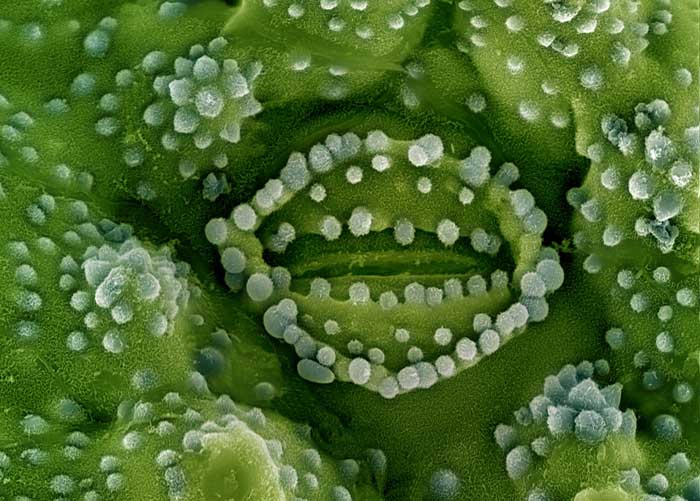
If your soil is acidic (below 6.4), you might typically require 2 kg of lime per 10 m2 in a clay soil, or half that in a light soil. Check your pH 12 months later to see if further adjustment is needed. You may also need to include dolomite with the lime in light sandy soils. Dolomite contains magnesium, which also helps alkalise your soil, while greening up your crop. Magnesium is the centrepiece of the green pigment, chlorophyll, which houses the sugar factories, so it is of paramount importance for photosynthesis and plant health.
In Part 2, we will look at the six remaining strategies to maximise production, minimise problems and optimise quality.
To read Part 2 of this article, please click here.
Sign up to our e-newsletter to receive the latest articles, product updates and exclusive offers from NTS. Every new subscription receives a free digital copy of Graeme Sait's book, 'Nutrition Rules!'. CLICK HERE TO SUBSCRIBE
